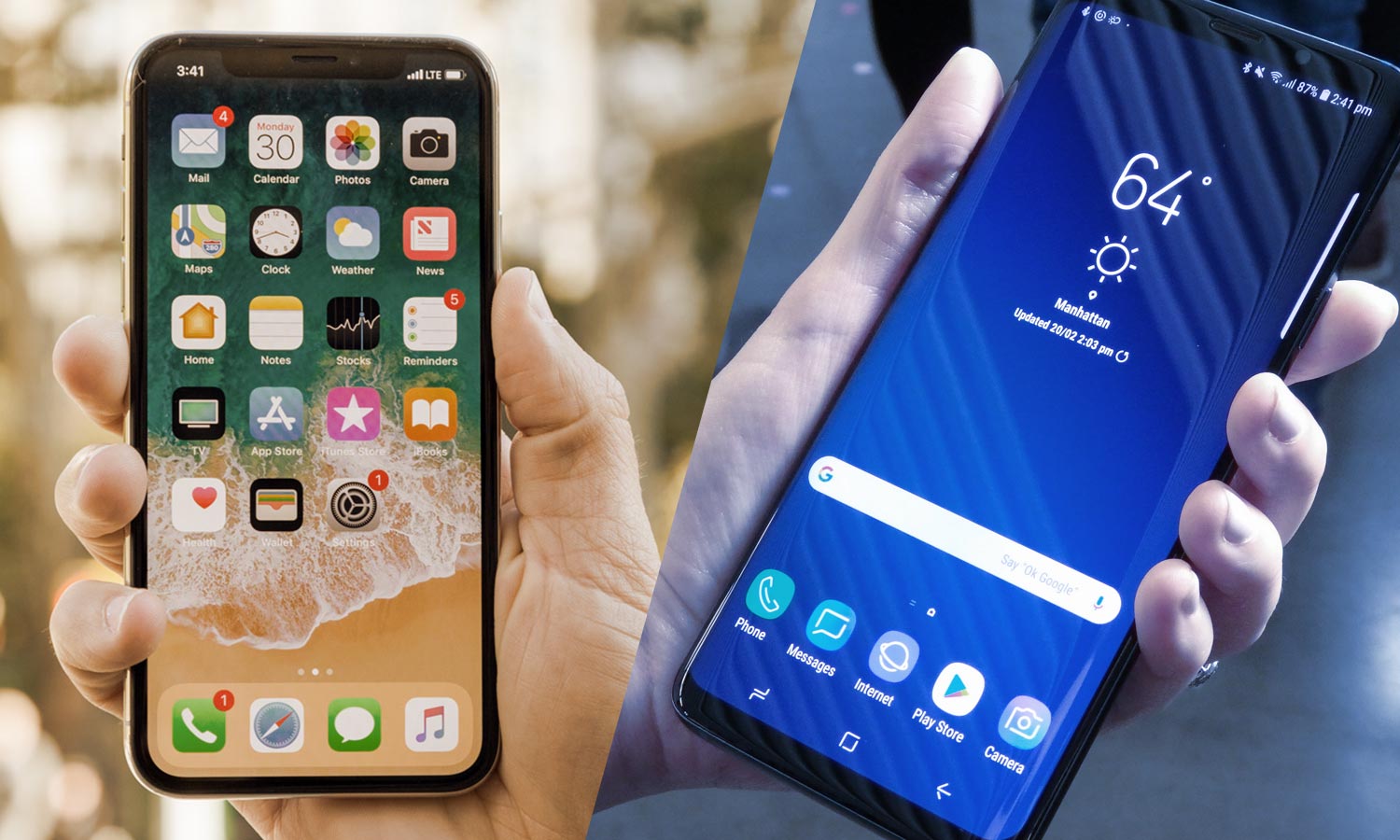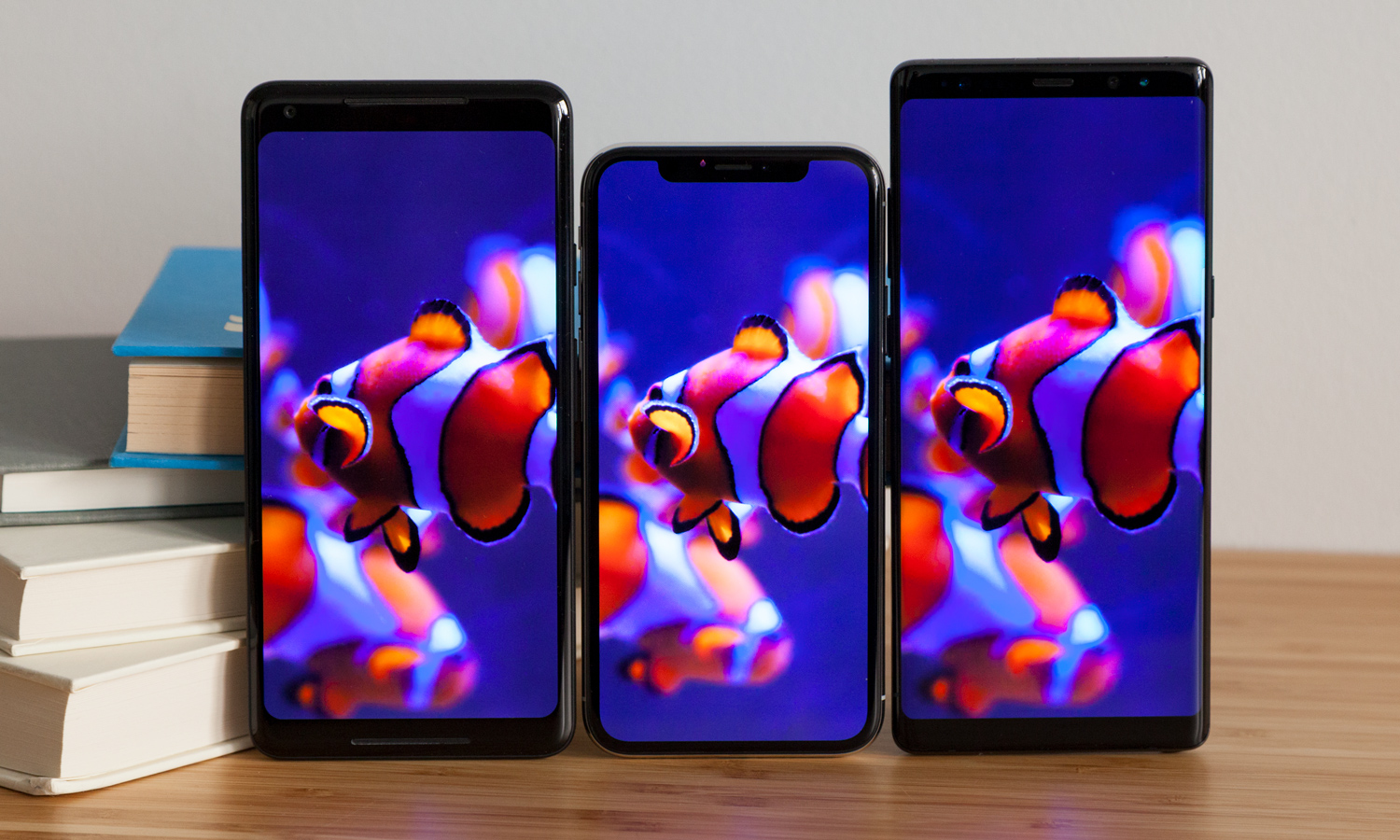The Galaxy S9 Is Here: Here's How Apple Will Respond
Now that Samsung has unveiled its latest flagship phone, the pressure's back on Apple for this fall's iPhone update. Here's a look at where Apple might look to challenge the Galaxy S9.
Let's be honest — Apple and Samsung are the two giants of the smartphone world, and everyone else is playing for scraps. It doesn't mean there aren't other good phone makers and phones out there, but Samsung and Apple reap the bulk of the profits from the phone market and their devices are going to be the bestselling ones in the world.

Because Samsung is Samsung, the Galaxy S9 and S9+, unveiled last week to kick off Mobile World Congress, will sell incredibly well. The Galaxy brand has built up enough momentum that it's unlikely that a year with minor feature improvements will drive consumers to buy a different model if they're comfortable with their Samsung phone. Sound familiar? The same holds true for Apple, of course.
Still, you have to imagine that both Samsung and Apple are keeping an eye on the competition. Samsung scored a coup in tallying the highest marks on DxOMark camera tests, but if there's anything we know about Apple, it's that every year's new iPhone models have upgraded cameras that push it back to the front of the pack. That's good, because camera quality might be the most important feature of a smartphone to the vast majority of smartphone buyers.
MORE: 10 Ways the Galaxy S9 Beats iPhone X
Apple impressed the experts with the (Samsung-built) OLED display on the iPhone X, which was rated as the best display ever in a smartphone. Of course, you knew Samsung wouldn't short its own phones — and DisplayMate says the Galaxy S9's display is even better. But the two displays are so close that the differences may just boil down to a matter of philosophies and priorities from either phone maker — for example, whether to emphasize brightness or color.

With more than six months between now and the release of any new iPhones, though, it's possible that the successor to the iPhone X will offer an even better display. (It's also possible that, so long as Samsung is supplying Apple's OLED displays, we'll see the title of Best Display Ever pass back and forth between the two companies every September and February.)
One area where Apple will likely counter Samsung this fall is with the rumored introduction of a 6.5-inch iPhone X Plus. Apple reaped huge rewards when it introduced the iPhone 6 and 6 Plus back in 2014, bringing a new design and larger display option that pushed iPhone sales to their highest point ever. While the iPhone X has attracted attention from some fans of larger phones due to its OLED screen and dual rear camera, an iPhone X Plus model could drive upgrades from older iPhone Plus users and maybe even a little bit of consideration from Android phablet fans.
The Qualcomm Snapdragon 845 processor in the S9 is a nice upgrade from last year's 835-powered models, it still lags behind the A11 Bionic in the current generation of iPhones, at least going by early benchmarks. Apple won't rest on its laurels — expect an A12 processor this fall with new features and boosted speed to go along with a new catchy code name. By designing its own processors, Apple has found a way for its mobile devices to take a pretty big lead on the competition in terms or raw power, and at this point it would be hard to bet against the company.
While Apple and Google continue pushing their smartphone operating systems forward, Samsung's always got a few tricks of its own up its sleeve. This year it was AR Emoji, a feature that doesn't seem to be getting anything close to the reception of Apple's iPhone X Animoji. That's not the end of the world — Apple's iMessage stickers in 2016 faded away pretty fast, too. But this fall there's no doubt that Apple will introduce some new iOS features that leverage new iPhone hardware in clever ways, and it's an opportunity to put some distance between it and Samsung.
Get instant access to breaking news, the hottest reviews, great deals and helpful tips.

Then there's the intriguing possibility that Apple's going to give the lower-end iPhone a redesign of its own. Rumors abound that the iPhone 8's replacement — let's go out on a limb and call it the iPhone 9 — will be designed to look more like the iPhone X, but it will cost less and use lower-cost components, including an LCD screen instead of OLED and an aluminum shell instead of stainless steel. Apple's no doubt hoping that a combination of iPhone X styling and a lower starting price will drive sales.
There's one place Samsung has drawn a line in the sand that Apple is unlikely to cross over, though: the continued existence of a standard 3.5mm headphone jack on Samsung phones. Apple sent the jack to the cornfield in 2016 and shows no remorse for its actions. Instead, it's made a lot of sales of wireless AirPods and included a Lightning headphone adapter in every box.
Image Credits: Tom's Guide
Jason Snell was lead editor of Macworld for more than a decade and still contributes a weekly column there. He's currently running the Six Colors blog, which covers all of Apple's doings, and he's the creative force behind The Incomparable, a weekly pop culture podcast and network of related shows.
-
extreemator Don't buy namerican s9 with snapdragon it has locked bootloaders. Rather buy an iphone. Same closed crappy os due to carriers' greed. Or buy international version with exynosReply
